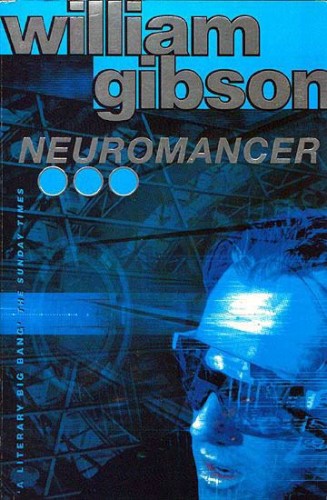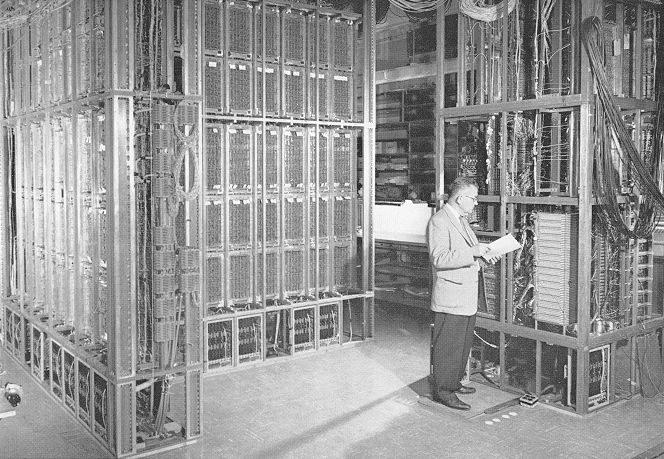The words and ideas we use to make sense of the Web owe as much to science fiction (particularly, the cyberpunk genre) as they do to the work of technicians or to rigorous scientific inquiry. This by no means a bad thing; the most powerful of such literary works call upon our collective imagination and use it to direct society to prepare for major transformations looming on the horizon. William Gibson’s (1984) Neuromancer was, no doubt, one such work. Neuromancer features the exploits of a “console cowboy” (i.e., a computer hacker) named Case, who travels across a dystopian world serving a mysterious employer. The work is notable for popularizing the term “cyberspace,” which Gibson coined a couple years earlier in a short story called “Burning Chrome.”
In Neuromancer, Gibson described cyberspace as a”consensual hallucination” and more specifically: “A graphic representation of data abstracted from the banks of every computer in the human system. […] Lines of light ranged in the nonspace of the mind, clusters and constellations of data.” Rather than just staring into a computer screen, hackers “jack in” directly interfacing with these visual representations of data in their minds. The images described here are reminiscent of those portrayed in movies such as Tron (1982), Hackers (1995), and, to a lesser extent, The Matrix (1999). more...








 There has been some terrific debate on my theorizing of what I call “augmented reality.” In brief, I reject “digital dualism”, the tendency to view the on and off line as separate spheres, and instead argue that we should view them as enmeshed, creating what I call “augmented reality.” [
There has been some terrific debate on my theorizing of what I call “augmented reality.” In brief, I reject “digital dualism”, the tendency to view the on and off line as separate spheres, and instead argue that we should view them as enmeshed, creating what I call “augmented reality.” [